The is characterized by a dynamic competitive landscape, driven by increasing consumer demand for flavor enhancers, especially in the food and beverage industry. This market is witnessing significant growth attributed to the rising popularity of Asian cuisines and the increasing use of MSG in processed foods.
As consumer preferences shift towards flavorful and convenient meal options, the market is evolving, with various players striving to capture a greater share. The competitive landscape is shaped by both local manufacturers and international companies, each bringing diverse strategies, product formulations, and marketing approaches to cater to the preferences of South Korean consumers.
Zhangzhou Hengxing has established a notable presence in the . The company leverages its robust production capabilities and a well-distributed supply chain to meet local demands effectively.
With a focus on quality and consistent supply, Zhangzhou Hengxing is recognized for its high-grade monosodium glutamate products that resonate well with the culinary practices in South Korea. The company is agile in adapting its products to cater to the specific tastes and preferences of South Korean consumers, often emphasizing natural ingredients and flavor enhancement.
This adaptability, combined with strategic pricing, enhances Zhangzhou Hengxing's competitive edge in the region, allowing it to forge long-lasting relationships with local distributors and food manufacturers. On the other hand, Ajinomoto enjoys a strong foothold in the , recognized for its innovative and high-quality flavoring products.
Ajinomoto’s extensive product portfolio includes various MSG variants tailored to both culinary professionals and home cooks. The company’s commitment to research and development has led to the introduction of unique formulations that enhance flavor while meeting health and safety standards.
Ajinomoto’s established brand reputation is further bolstered by its proactive engagement in marketing initiatives and customer education, promoting the versatility of its products across different culinary applications.
Additionally, Ajinomoto has strategically expanded its presence in the region through mergers and acquisitions, increasing its capacity and reach in the food ingredient sector, thus reinforcing its leadership position in the South Korean market for monosodium glutamate.


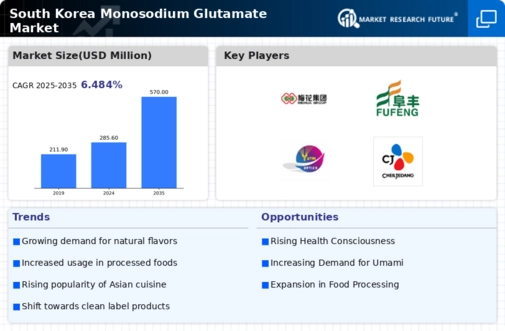
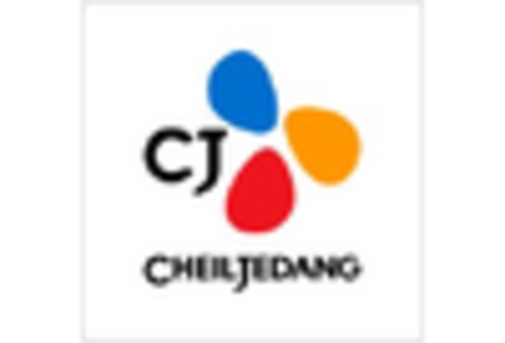
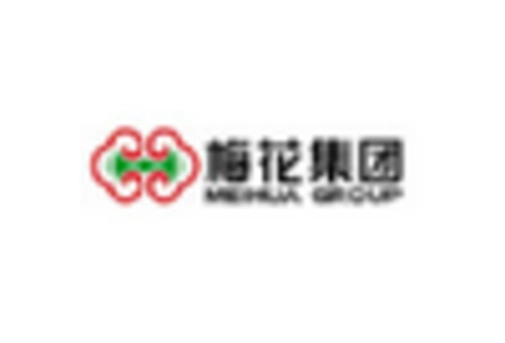
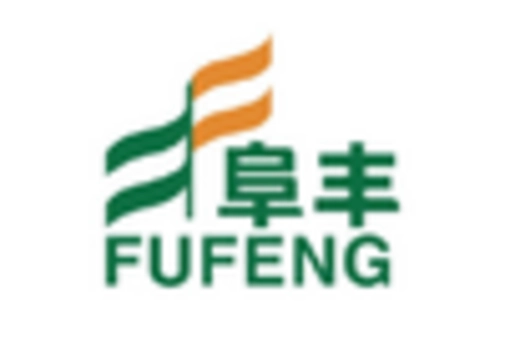
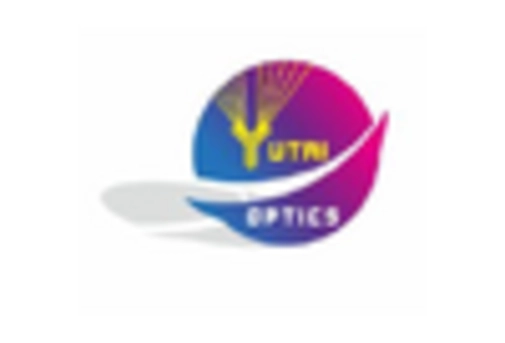








Leave a Comment